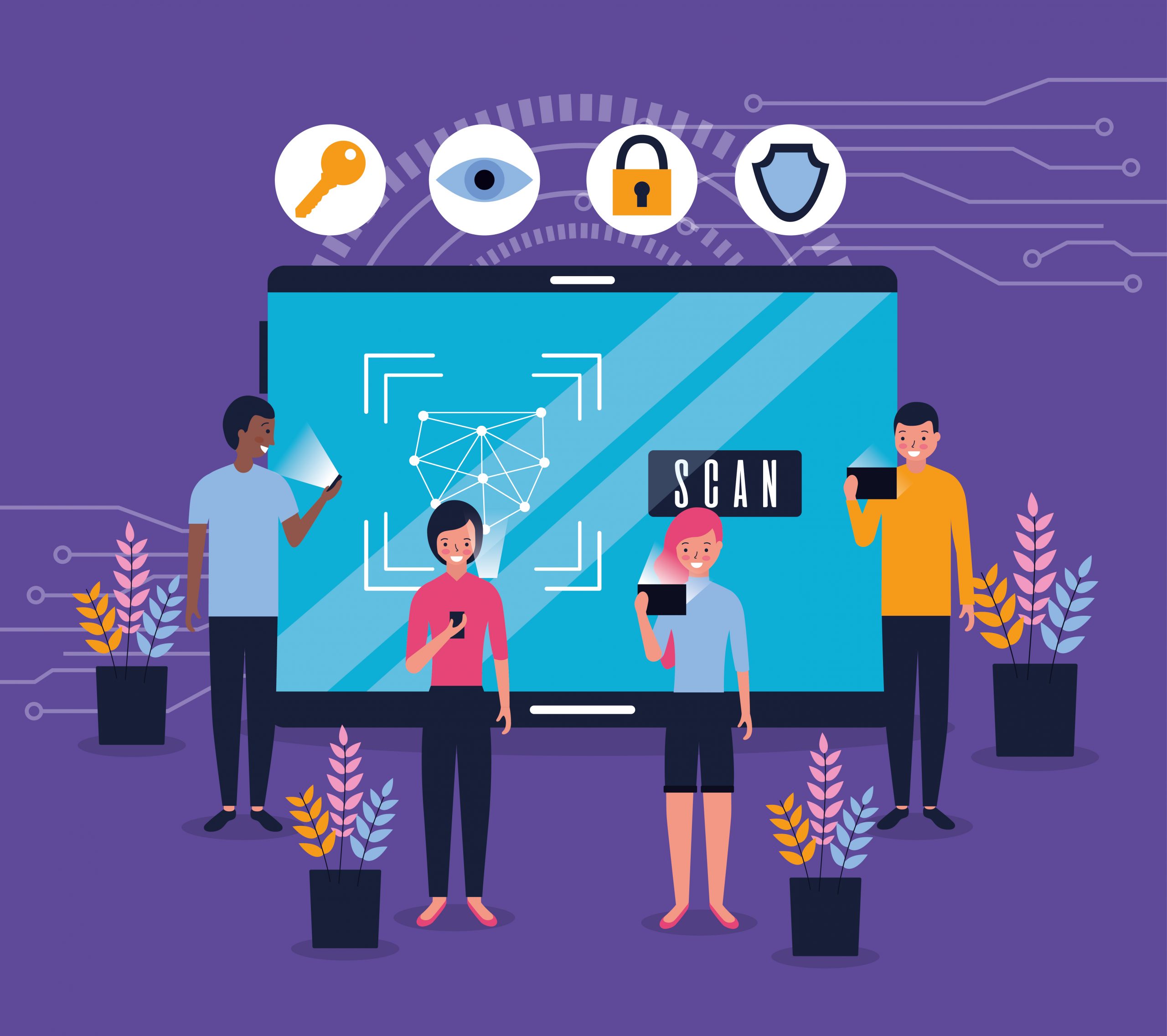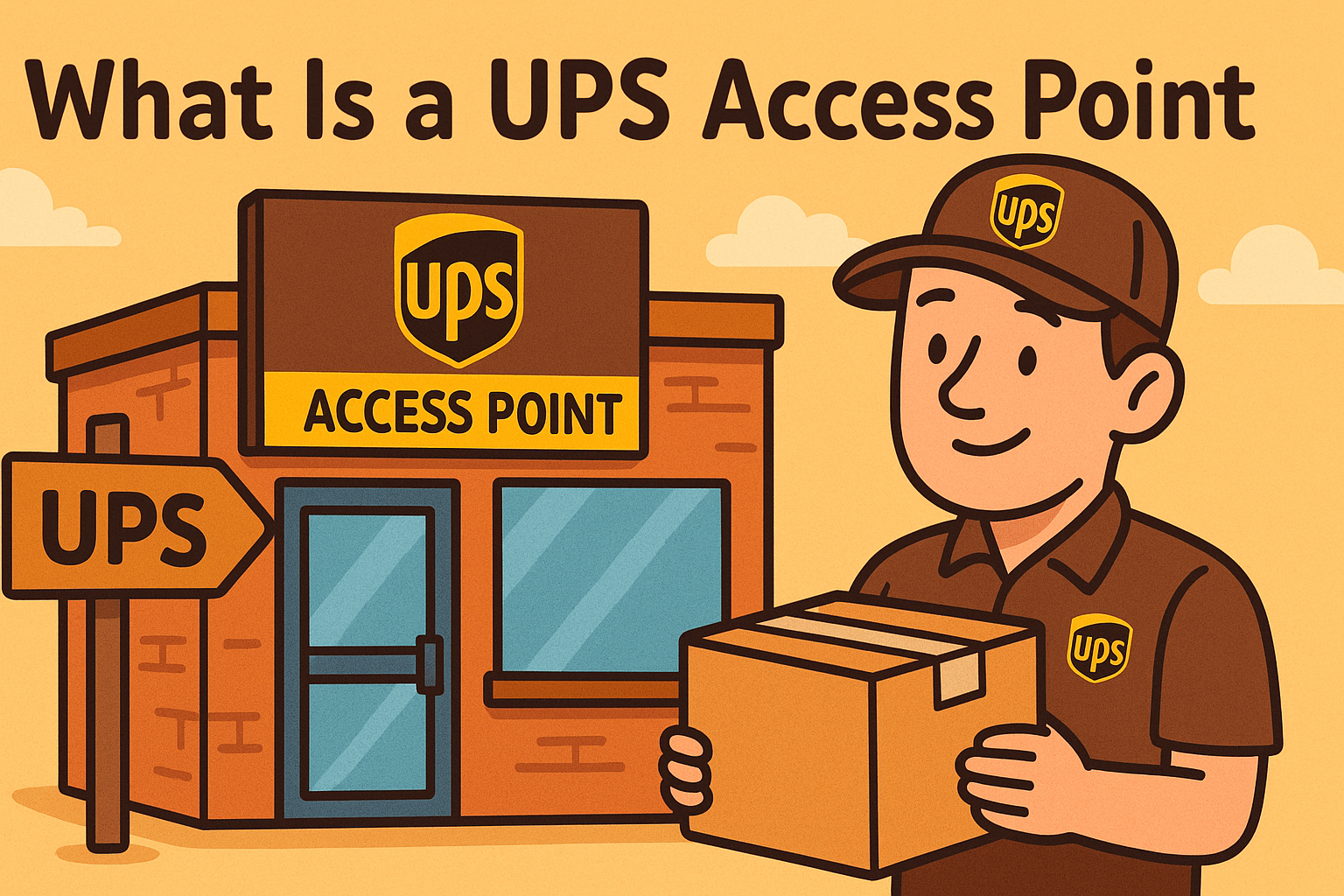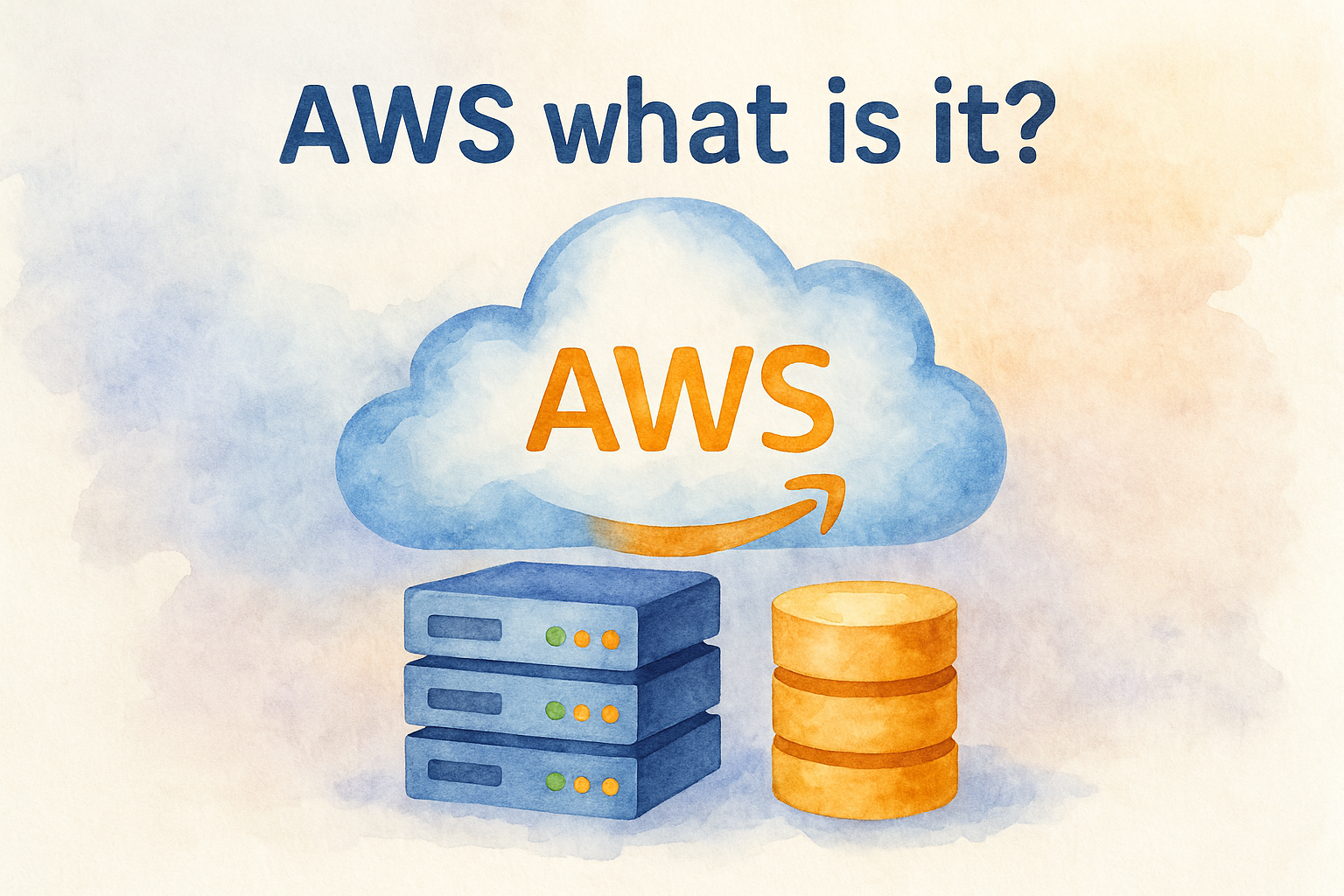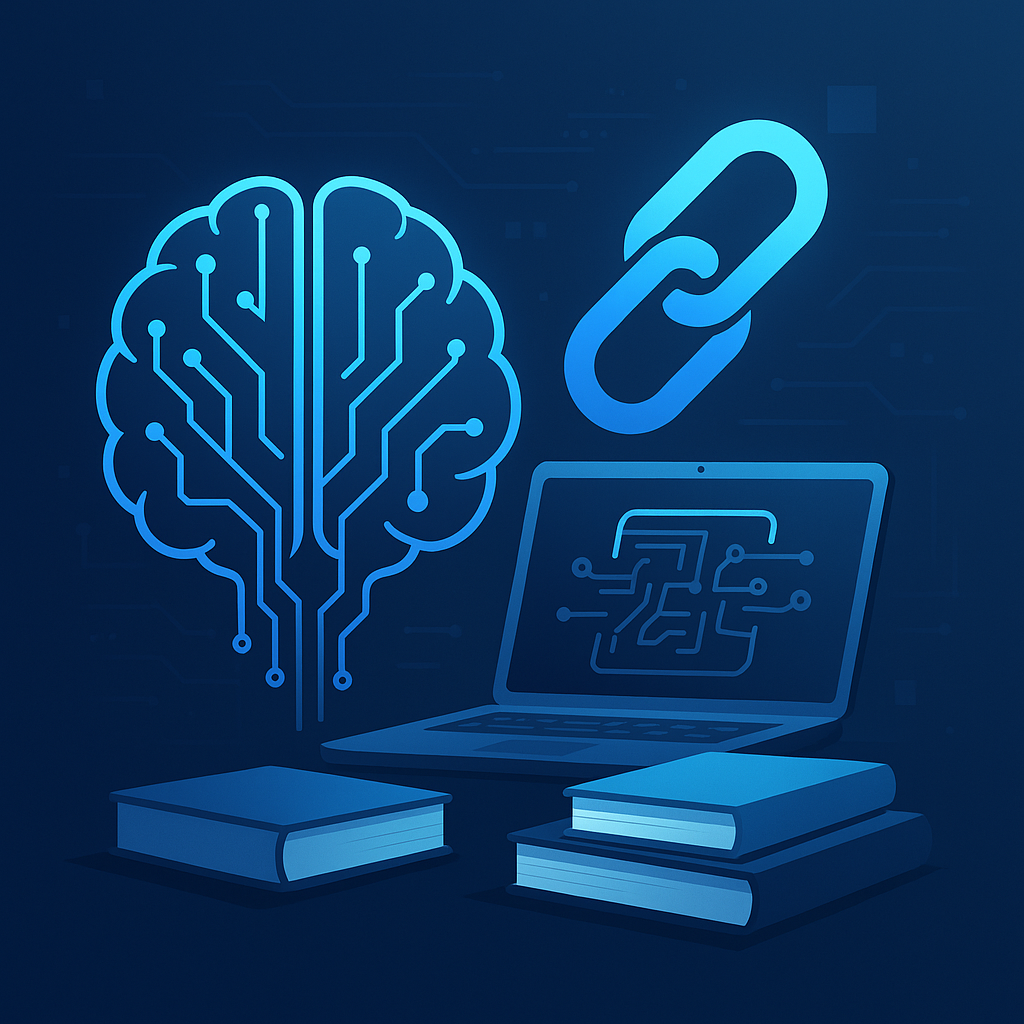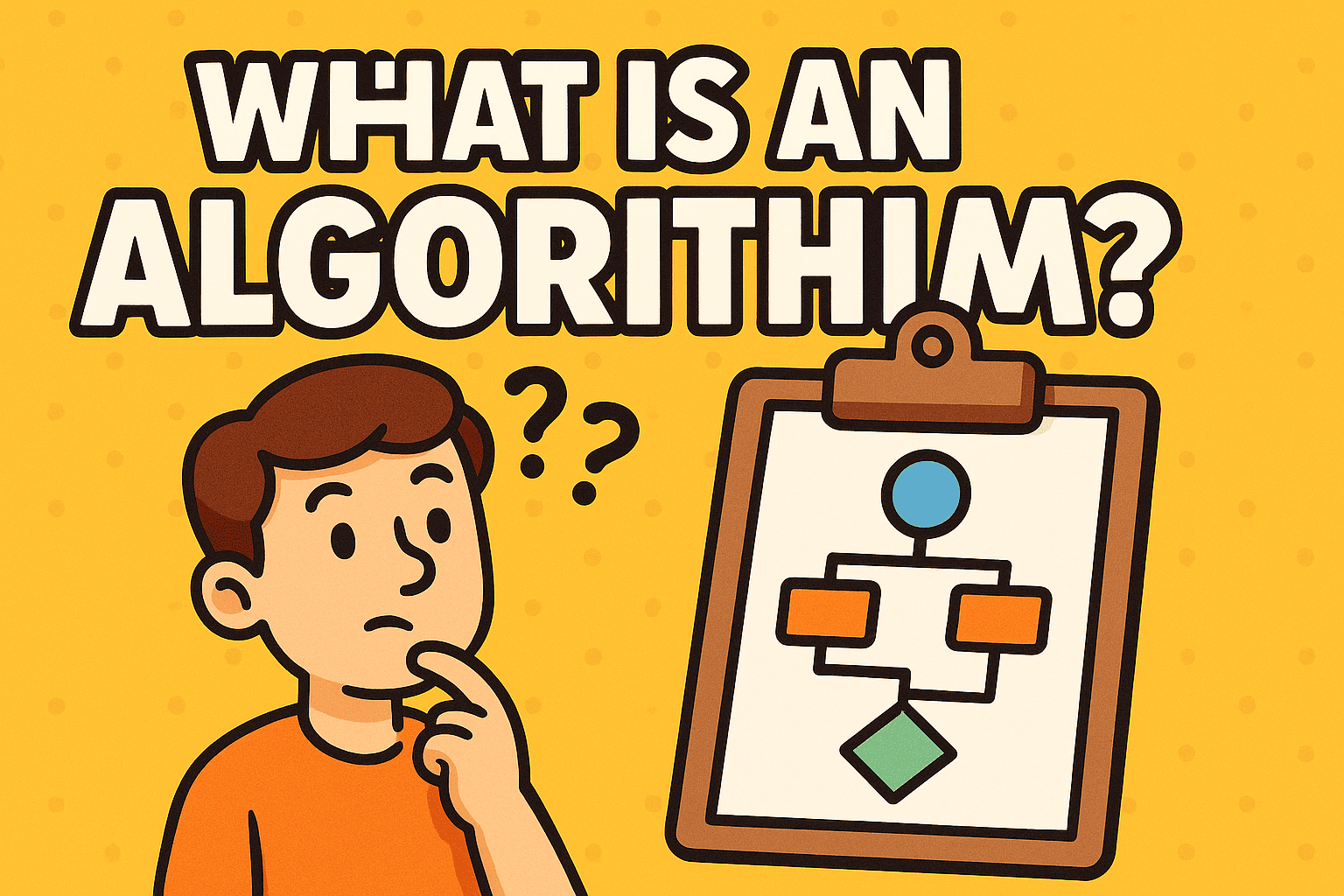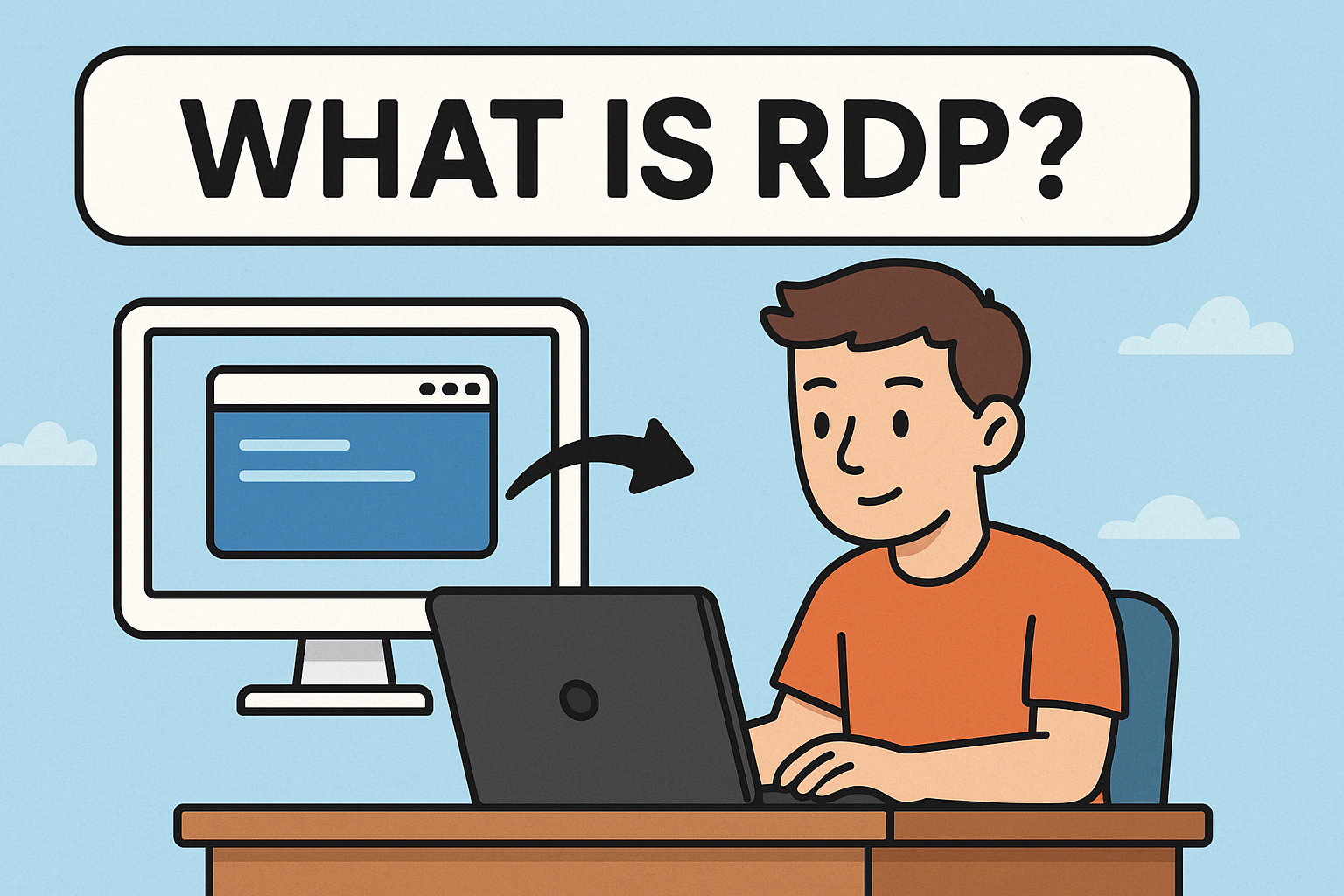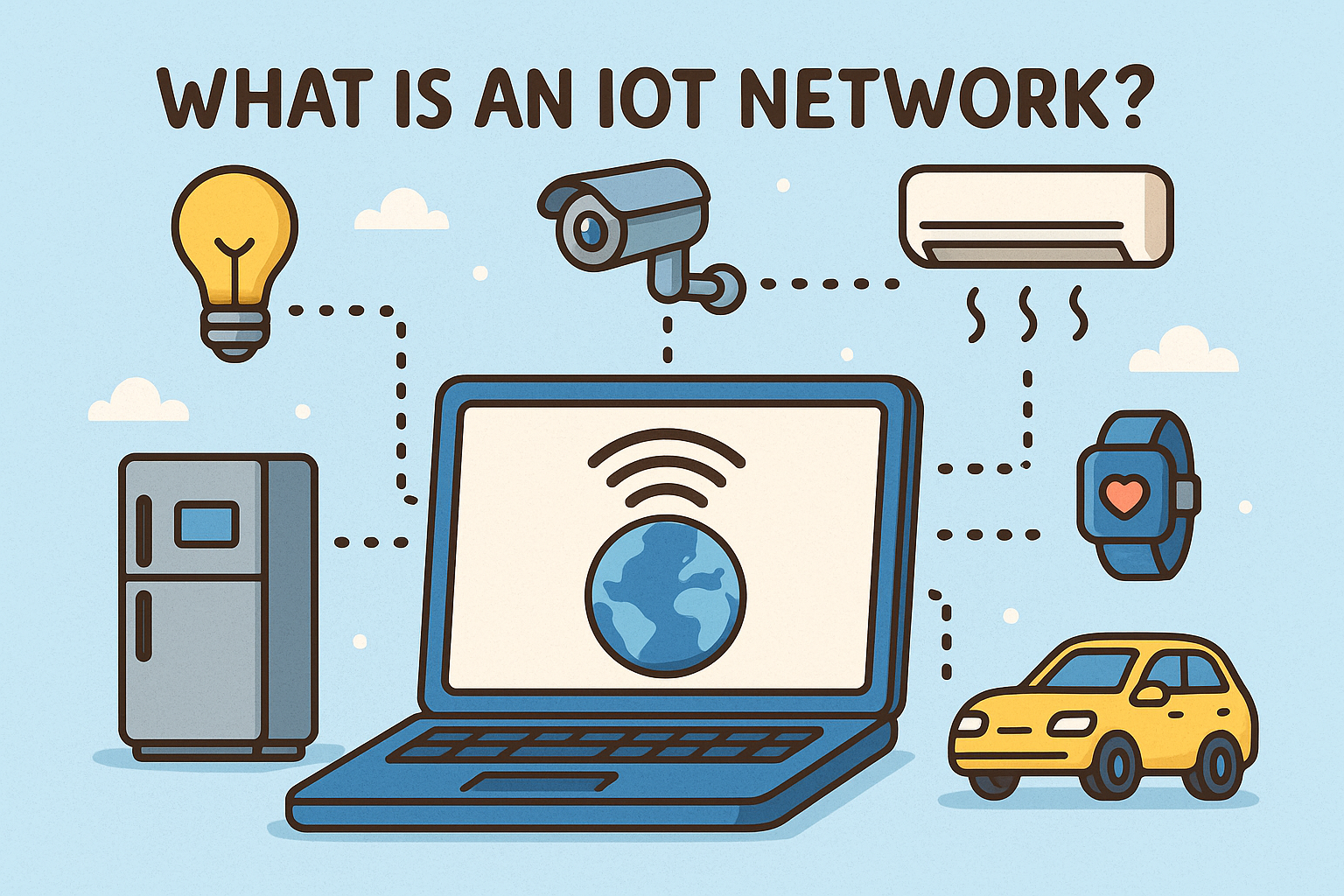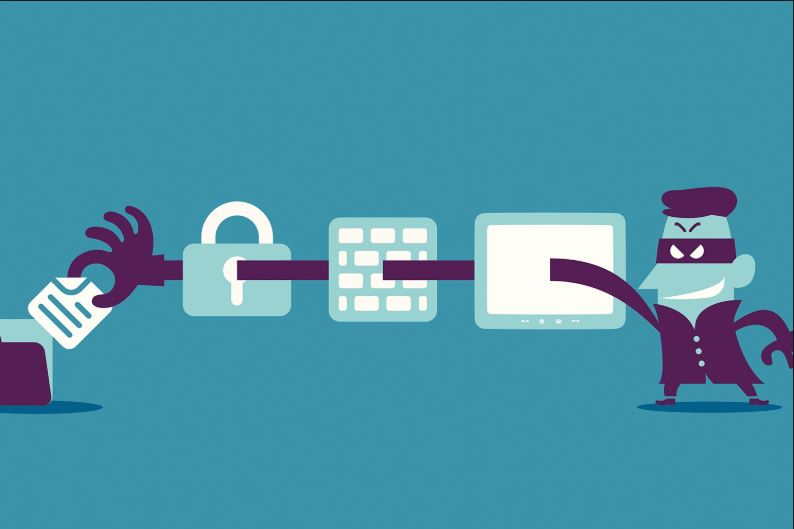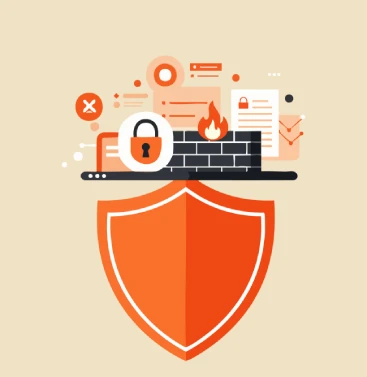What Does ERP Stand For? A Complete Guide to ERP Systems
Updated on June 18, 2025, by Xcitium
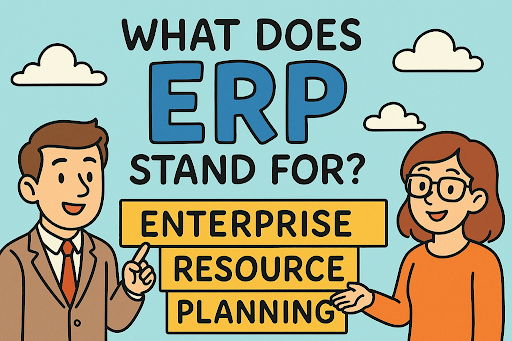
Have you ever wondered, what does ERP stand for, and why it’s so frequently mentioned in business and IT conversations? As digital transformation becomes essential across industries, understanding ERP is more than just learning a buzzword—it’s about embracing the core of efficient, integrated business management.
In this guide, we’ll break down the ERP meaning, delve into what is ERP software, explore various types of ERP systems, and show how they are transforming businesses from startups to multinational enterprises.
What Does ERP Stand For?
ERP stands for Enterprise Resource Planning. At its core, ERP is a type of software that organizations use to manage and integrate the important parts of their businesses.
The goal of ERP systems is to streamline processes and information across the entire organization by centralizing data into a unified system.
ERP Meaning: More Than Just Software
While it’s easy to define ERP as just software, its real meaning lies in its ability to integrate core business processes—like accounting, procurement, project management, risk management, compliance, and supply chain operations—into a single system.
This centralization enables improved data accuracy, operational efficiency, and business intelligence.
Key Features of ERP Systems:
- Centralized Database: Ensures that all departments access the same information.
- Automation: Reduces manual tasks by automating workflows.
- Reporting & Analytics: Provides real-time data and business intelligence.
- Modular Design: Offers flexibility to add or remove functionalities.
What is ERP Software?
ERP software is an integrated suite of applications that supports various business functions. It acts as a digital backbone, keeping all departments—from finance to HR to inventory—connected and working cohesively.
Types of ERP Software:
- On-premises ERP – Installed locally on a company’s own servers.
- Cloud-based ERP – Delivered over the internet, typically with lower upfront costs and easier scalability.
- Hybrid ERP – Combines both on-premises and cloud-based solutions for more flexibility.
Popular ERP Software Vendors:
- SAP
- Oracle ERP Cloud
- Microsoft Dynamics 365
- NetSuite
- Xero (for small businesses)
ERP System Meaning in Today’s Business World
The ERP system meaning extends beyond just managing resources. Today’s ERP systems offer:
- End-to-End Visibility across all departments.
- Agility to adapt to market changes.
- Scalability for growing businesses.
- Regulatory Compliance through audit trails and documentation.
Companies using ERP can make informed decisions faster, reduce redundancies, and increase productivity.
How Does an ERP System Work?
An ERP system works by collecting data from different departments into a centralized platform. This allows for real-time sharing of information, which helps with:
- Streamlined operations
- Reduced operational costs
- Enhanced collaboration across teams
Example Workflow:
- Sales Department logs a customer order.
- Inventory Module checks product availability.
- Finance Department creates an invoice.
- Logistics arranges shipping.
All of this happens seamlessly within the ERP system.
Benefits of ERP Software for Your Business
1. Improved Efficiency
ERP automates core business operations, reducing manual work and allowing staff to focus on more strategic tasks.
2. Data-Driven Decisions
Real-time insights help stakeholders make faster, more informed decisions.
3. Enhanced Collaboration
With a centralized system, teams across locations or departments can collaborate effectively.
4. Cost Reduction
By eliminating redundant processes and optimizing resource use, ERP can reduce operational costs.
5. Scalability
Modern ERP systems can grow with your business by simply adding more users or modules.
ERP by Industry: Tailored Solutions
ERP isn’t one-size-fits-all. Different industries benefit from customized ERP implementations:
Manufacturing
- Inventory management
- Production planning
- Quality control
Healthcare
- Patient data integration
- Compliance tracking
- Scheduling
Retail
- Supply chain management
- Customer relationship management (CRM)
- Point-of-sale integration
Cybersecurity Firms
- Compliance and audit tracking
- Resource allocation for threat analysis
- Incident response coordination
Common Challenges in ERP Implementation
Despite the benefits, ERP adoption can be challenging:
- High Initial Costs for software and implementation
- Change Management issues with employees
- Data Migration from legacy systems
- Customization Complexities
Mitigating these challenges requires strategic planning and choosing the right ERP partner.
How to Choose the Right ERP System
- Assess Business Needs – Identify pain points and goals.
- Set Budget & ROI Expectations
- Evaluate Vendors – Consider scalability, support, and industry specialization.
- Request Demos – See how the system works in real time.
- Check Reviews & Case Studies
FAQs About ERP Systems
1. What does ERP stand for in business?
ERP stands for Enterprise Resource Planning. It’s used to manage day-to-day business operations through integrated applications.
2. What is ERP software used for?
ERP software is used to automate and manage core business processes in real-time using a centralized system.
3. Is ERP only for large enterprises?
No, ERP solutions are available for businesses of all sizes, including SMBs and startups.
4. How long does it take to implement an ERP system?
Depending on complexity, ERP implementation can take from a few months to over a year.
5. Is ERP secure?
Modern ERP systems, especially cloud-based ones, come with advanced security protocols and compliance features.
Final Thoughts: Embrace the Future with ERP
Understanding what does ERP stand for is more than just grasping an acronym—it’s recognizing a critical framework for business success. Whether you’re an IT manager, CEO, or security specialist, ERP systems help unify your business operations, boost efficiency, and prepare you for scalable growth.
Want to see ERP in action? Request a demo from Xcitium today.




